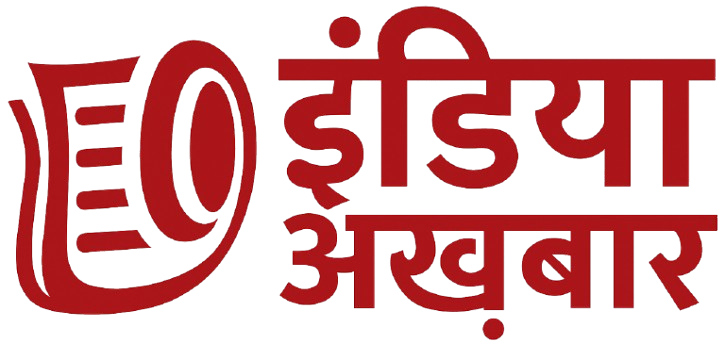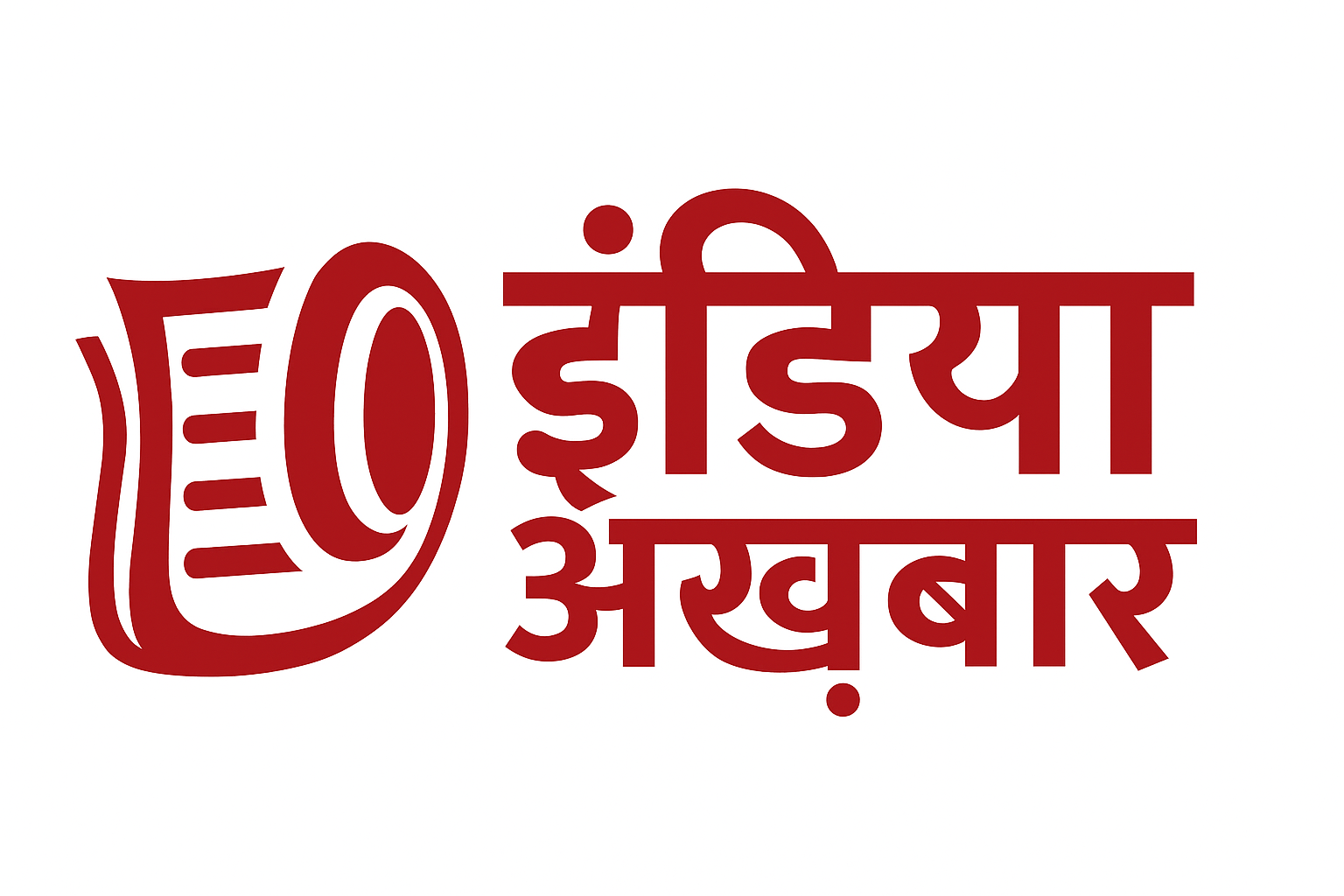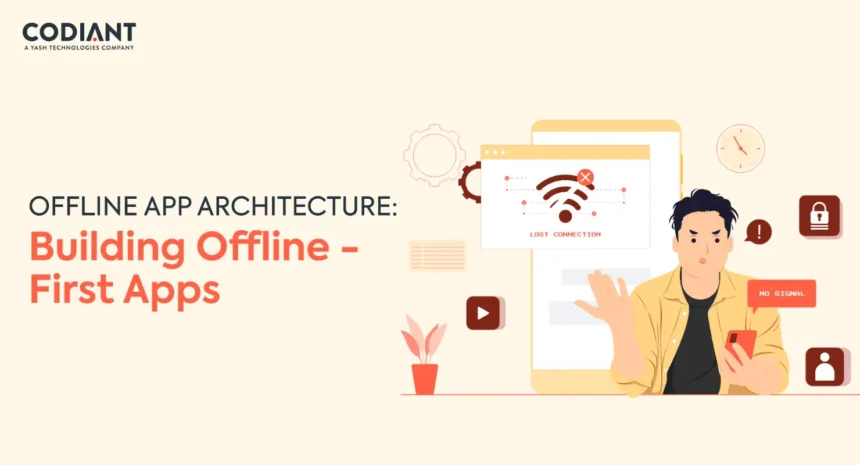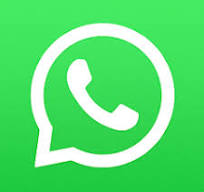Connectivity भारत जैसा बड़ा और diverse देश सिर्फ metro cities तक सीमित नहीं है। यहाँ करोड़ों लोग गाँव, छोटे कस्बों और ऐसे इलाकों में रहते हैं जहाँ mobile data connectivity कमजोर या अनियमित रहती है। ऐसे में “Offline First Apps” का concept बहुत बड़ा game-changer बनकर उभरा है। Offline First approach का मतलब है कि app इस तरह से design हो कि वह बिना internet connection के भी काम कर सके और जैसे ही connectivity आए, data sync हो जाए।
India’s Connectivity Challenge
हालांकि Jio और अन्य telecom कंपनियों ने data को सस्ता कर दिया है, फिर भी low connectivity zones की समस्या खत्म नहीं हुई।
– Villages और hilly areas में अभी भी 3G/2G network ही मिल पाता है। – Frequent power cuts और limited tower infrastructure internet को unreliable बना देते हैं। – लाखों smartphone users ऐसे हैं जो हर समय 24×7 online नहीं रह सकते।
यही वजह है कि Indian market के लिए offline-first apps design करना अब एक ज़रूरत बन चुका है, luxury नहीं।
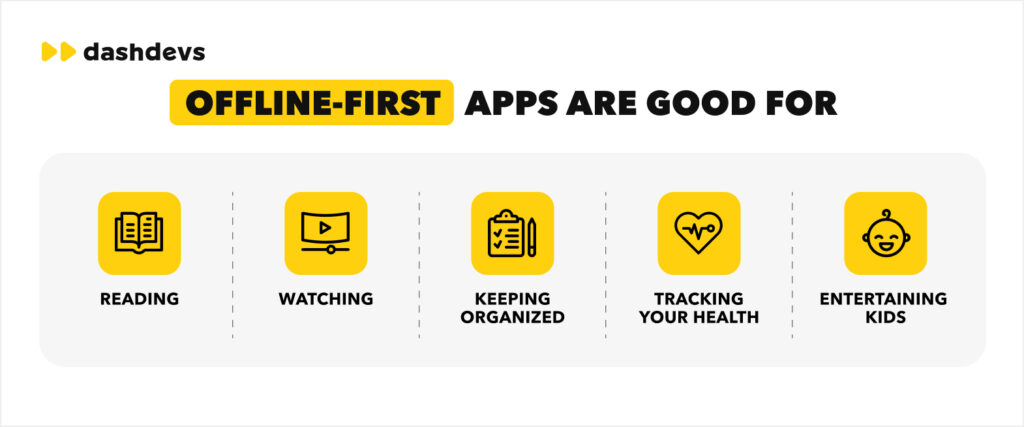
What Are Offline-First Apps?
Offline-first apps वो mobile applications होते हैं जो network absence में भी core functionality provide करते हैं।
– ये apps data को locally device पर store करते हैं। – जैसे ही internet आता है, वो background में sync कर देते हैं। – User experience smooth रहता है क्योंकि app हर समय usable होता है।
Examples: Google Maps offline, Spotify downloads, और Paytm’s offline QR payments.
Why Offline-First Apps Are Critical in India
1. **Digital Inclusion** – Remote areas में रहने वाले users भी digital apps का फायदा उठा पाते हैं।
2. **User Retention** – अगर app हर समय काम करेगा तो लोग उसे uninstall नहीं करेंगे।
3. **Trust Factor** – लोग उन apps पर ज्यादा भरोसा करते हैं जो बिना net के भी काम कर सकें।
4. **Government Push** – Digital India initiative low-connectivity zones को भी digitally empower करना चाहता है।
Key Design Principles for Offline-First Apps
1. Local Storage – App को इस तरह design करें कि ज़्यादातर operations device memory या database (SQLite/Room DB) पर हो सकें।
2. Data Sync – जैसे ही connectivity मिले, automatic sync होना चाहिए। Background services और APIs इसमें मदद करते हैं।
3. Graceful Degradation – App को user को बिना internet के भी meaningful feedback देना चाहिए, न कि सिर्फ error messages।
4. Optimized Data Usage – Data compression techniques use करें ताकि sync lightweight हो।
5. Offline UX Design – User को indication मिले कि वो offline mode में काम कर रहा है और changes safe हैं।
Examples of Offline-First Apps in India
– **Google Maps Offline:** Rural users pre-download maps और बिना internet navigation कर सकते हैं।
– **Khan Academy App:** Students बिना internet lectures और practice content access कर सकते हैं।
– **ShareChat:** Offline drafts और lightweight sync के साथ Bharat-specific users को target करता है।
– **Paytm/PhonePe Offline QR:** दुकानदार low connectivity में भी transactions कर पाते हैं।
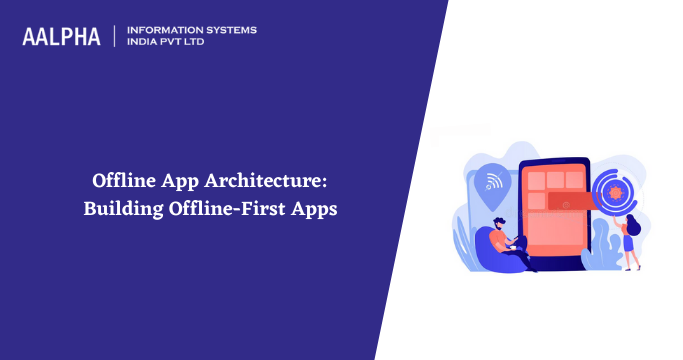
Sectors Benefiting from Offline-First Apps
1. **Education** – Students offline video lectures और e-books access कर सकते हैं।
2. **Healthcare** – Remote clinics patient records offline maintain करके later sync कर सकते हैं।
3. **Agriculture** – Farmers offline weather data, mandi rates save करके बाद में update पा सकते हैं।
4. **Finance** – Micro-finance और digital payments apps offline work करके rural economy को push कर रहे हैं।
Technical Stack for Offline-First Development
– **Local Databases:** SQLite, Room, Realm – **Service Workers:** Progressive Web Apps (PWAs) के लिए – **Background Sync APIs:** Reliable data syncing के लिए – **Caching Strategies:** जैसे IndexedDB और Cache API – **Delta Syncing:** केवल बदला हुआ data ही sync करना
Case Study: Google Pay’s Offline Mode
Google Pay ने India-specific feature launch किया जहाँ users बिना internet भी UPI payments कर सकते हैं। US और Europe में ये ज़रूरी नहीं, लेकिन India के लिए ये एक life-saver feature है।
Challenges in Offline-First Apps
– Data Conflict Resolution: अगर एक ही record अलग-अलग जगह से update हो, तो कौन सा सही?
– Security: Offline data को secure रखना चुनौती है।
– Limited Device Storage: Low-end devices में ज्यादा space नहीं होता।
– Development Cost: Offline-first approach ज्यादा complex होती है।
Future of Offline-First Apps in India
2025 और आगे का समय offline-first apps का है। 5G आने के बावजूद India में हर user हर समय online नहीं होगा।
– AI-based smart sync apps data usage और storage को optimize करेंगे। – Regional content apps offline mode में और accessible बनेंगे। – Government services apps offline-first बनकर Bharat को digitally empower करेंगे।

Conclusion
Offline-first apps India की real problem solve करते हैं – connectivity gap। यह सिर्फ technology का question नहीं बल्कि inclusivity का भी सवाल है।
अगर apps को truly “Bharat” तक पहुंचाना है, तो offline-first approach ही असली रास्ता है।
FAQs – Offline First Apps in India
Q1. Offline-first apps क्या होते हैं?
A1. ऐसे apps जो बिना internet भी काम करें और बाद में data sync कर लें।
Q2. India में offline-first apps क्यों ज़रूरी हैं?
A2. क्योंकि यहाँ लाखों users low connectivity zones में रहते हैं जहाँ हर समय internet reliable नहीं होता।
Q3. कौन-कौन से popular offline-first apps India में हैं?
A3. Google Maps Offline, Paytm QR, Khan Academy, ShareChat।
Q4. Offline-first app design के लिए कौन से tools use होते हैं?
A4. SQLite, Room DB, Service Workers, Background Sync API।
Q5. Future में offline-first apps का क्या scope है?
A5. Education, healthcare, finance और agriculture जैसे sectors में इनकी demand और बढ़ेगी।
Read More :- Adaptive Learning Paths for Sarkari Exam Prep: AI Curated Study Plans Based on Weaknesses
Read More :- EdTech Startups Job-Linked Coaching 2025: How Training is Connecting Directly to Jobs
